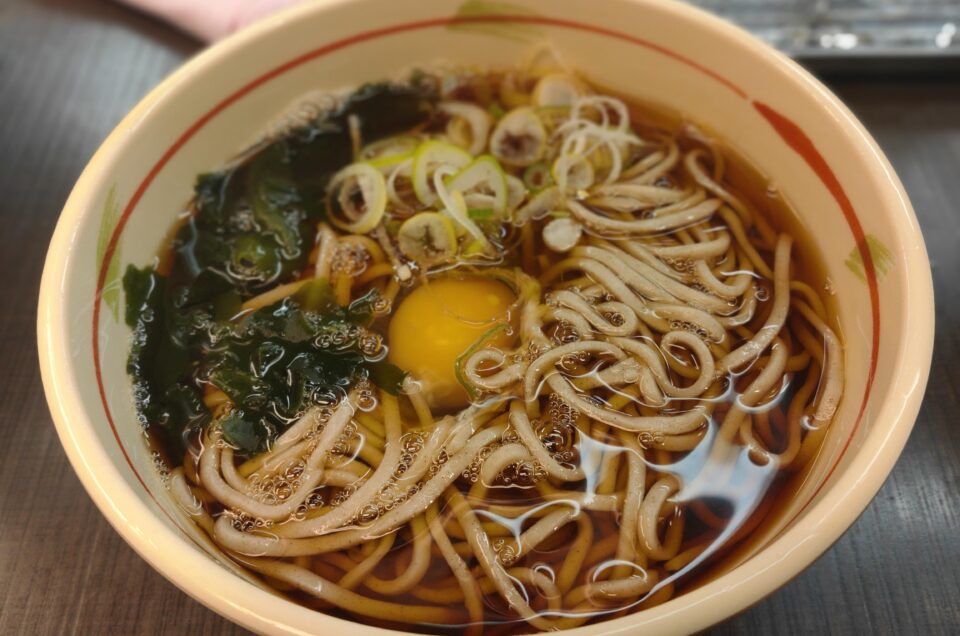Flight of Discovery: A Bird Watcher’s Odyssey Through Japan’s Avian Paradise. Bird watching, or birding, is not just a hobby; it’s a profound connection with nature, a journey of discovery that transcends geographical boundaries. For enthusiasts, each chirp, flutter, and swoop of a bird’s wing carries a story waiting to be unveiled. And what better place to embark on this adventure than Japan, a country where tradition meets modernity, and where nature’s beauty is revered in all its forms.
As we step into the world of bird watching in Japan, we’re greeted by a symphony of avian melodies echoing through the country’s diverse landscapes. From the towering mountains of Hokkaido to the sun-kissed shores of Okinawa, Japan’s avifauna offers a tapestry of colors, shapes, and behaviors waiting to be explored. Join us as we embark on a bird watching tour of Japan, delving into its rich biodiversity and vibrant birdlife.
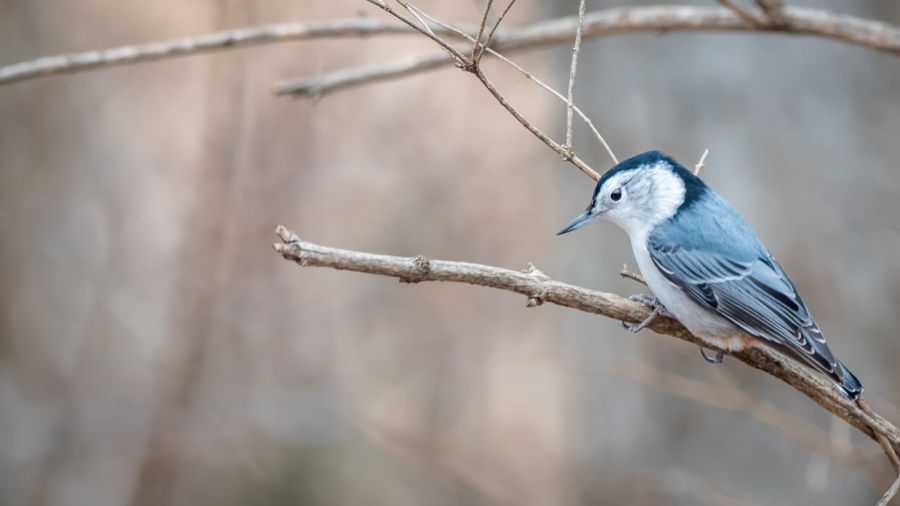
Exploring Habitats:
Japan’s geographical diversity provides a multitude of habitats, each harboring its own unique avian inhabitants. From the rugged mountains of Hokkaido to the subtropical islands of Okinawa, birders can immerse themselves in a kaleidoscope of ecosystems. The forests of Yakushima, a UNESCO World Heritage Site, resonate with the melodies of the rare Yakushika (Yakushima deer) and a plethora of bird species, including the elusive Ryukyu Robin. Meanwhile, wetland sanctuaries like Lake Biwa and the Izumi Plain offer refuge to migratory waterfowl such as swans, cranes, and ducks.
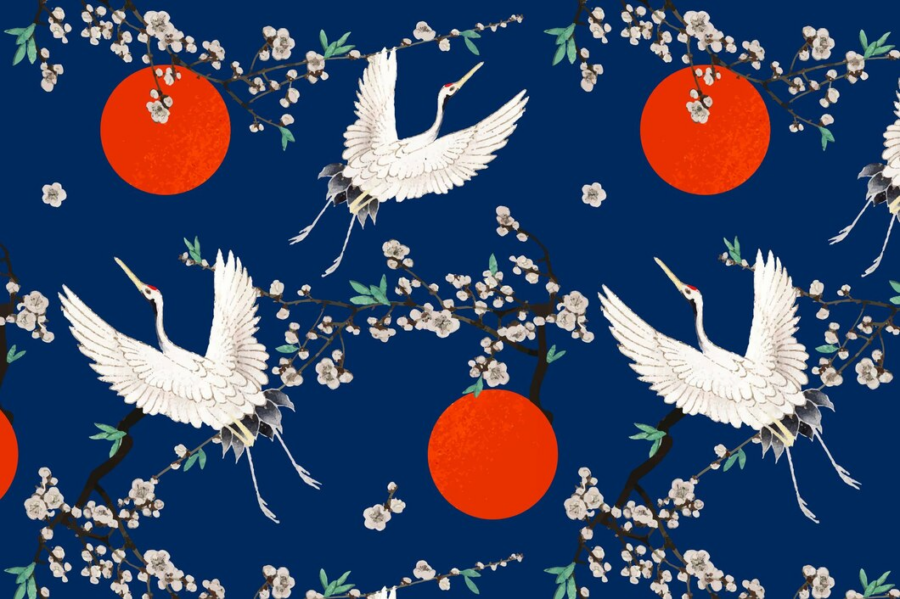
Species Diversity:
A Bird Watcher’s Odyssey Through Japan’s Avian Paradise. Japan’s avifauna is as diverse as its landscapes. Over 600 bird species have been recorded in the country, ranging from iconic raptors like the Steller’s Sea Eagle to diminutive songbirds like the Japanese Bush Warbler. One cannot discuss birding in Japan without mentioning the charismatic Japanese Crane, a symbol of longevity and fidelity deeply ingrained in Japanese folklore. The graceful Red-crowned Cranes, or Tancho as they are locally known, perform intricate courtship dances amidst the snow-clad fields of Hokkaido, captivating the hearts of onlookers.
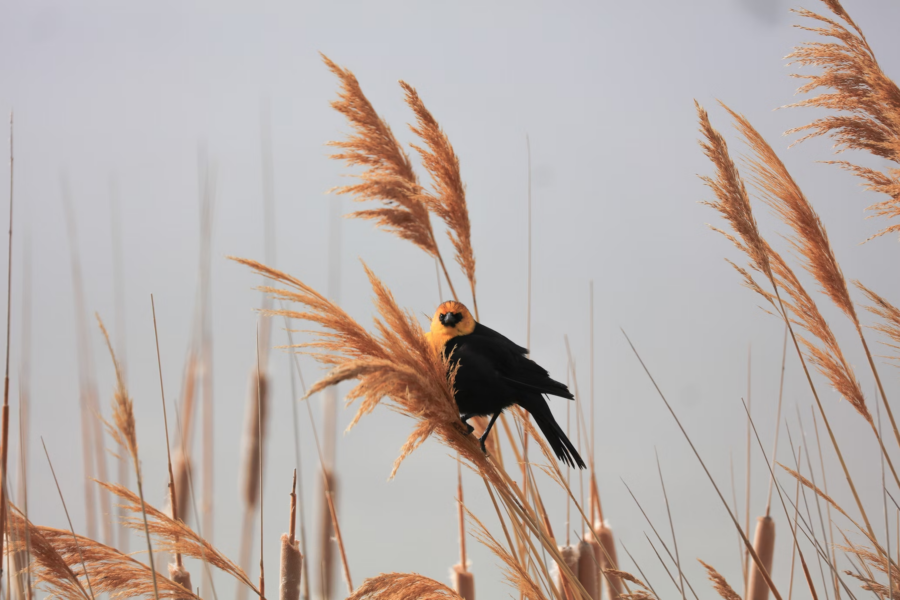
Seasonal Highlights:
Each season in Japan brings its own avian spectacle. Spring heralds the arrival of migratory songbirds such as the Narcissus Flycatcher and the Siberian Rubythroat, painting the cherry blossom-strewn landscapes with flashes of color. Summer witnesses the nesting activities of seabirds like the Black-tailed Gull on remote islands like Sado and Rebun. Autumn transforms the forests into a canvas of fiery hues, attracting flocks of thrushes and buntings on their southward journey. And in winter, the frigid shores of Hokkaido become a haven for seabirds, with sightings of Spectacled Guillemots and Harlequin Ducks delighting observers.

Cultural Significance:
Birds hold a special place in Japanese culture, symbolizing everything from luck and prosperity to beauty and freedom. The elegant motifs of cranes and herons adorn traditional kimonos and ceramics, serving as emblems of grace and elegance. The elusive Japanese Nightingale, or Uguisu, has inspired poetry and literature for centuries, its melodious song synonymous with the arrival of spring. Even in contemporary Japan, birds continue to play a prominent role in art, literature, and religious symbolism, bridging the gap between the natural and spiritual worlds.
Ethical Considerations:
While the allure of capturing rare sightings through binoculars or camera lenses is undeniable, it’s crucial for birdwatchers to prioritize ethical practices. Respecting wildlife habitats, maintaining a safe distance from nesting sites, and refraining from disturbing sensitive species are paramount. Fortunately, Japan boasts a robust network of national parks, wildlife reserves, and bird sanctuaries managed by dedicated conservationists. By supporting eco-tourism initiatives and adhering to ethical guidelines, birdwatchers can contribute to the preservation of Japan’s avian treasures for generations to come.
Challenges and Conservation Efforts:
Despite its natural splendor, Japan faces environmental challenges that threaten its avian populations. Habitat loss, pollution, and climate change pose significant threats to both resident and migratory species. The destruction of coastal wetlands and deforestation in mountainous regions exacerbate these pressures, placing species like the Crested Ibis and the Blakiston’s Fish Owl at risk of extinction. However, grassroots conservation initiatives spearheaded by local communities and environmental organizations offer hope for the future. Projects aimed at habitat restoration, captive breeding, and public awareness are making strides in safeguarding Japan’s avian biodiversity.
Tips for Birdwatchers:
For aspiring birdwatchers planning a trip to Japan, preparation is key. Researching prime birding locations, obtaining permits for restricted areas, and investing in quality optics can enhance the birding experience. Local birding guides and tour operators offer invaluable expertise and insider knowledge, ensuring memorable encounters with Japan’s feathered denizens. Additionally, familiarizing oneself with Japanese etiquette and customs fosters mutual respect and cultural exchange.
Birdwatching in Japan is more than just a hobby; it’s a journey of discovery, connection, and appreciation for the natural world. Amidst the tranquil landscapes and ancient temples, birds serve as ambassadors of Japan’s rich biodiversity and cultural heritage. By embracing ethical practices and supporting conservation efforts, birdwatchers can play a vital role in preserving these avian treasures for future generations to cherish and protect. So, whether you’re a seasoned ornithologist or a novice enthusiast, Japan beckons with its avian symphony, inviting you to spread your wings and embark on an unforgettable birding adventure.
Birding Hotspots:
Japan boasts several renowned birding hotspots that are must-visit destinations for enthusiasts. The Kushiro Marshland in Hokkaido is a haven for waterfowl, with sightings of endangered species like the Red-crowned Crane and the Japanese Crane. The Nagasaki Prefecture, particularly the Goto Islands, attracts seabird aficionados with its colonies of Streaked Shearwaters and Rhinoceros Auklets. Meanwhile, the forests of Shikoku offer glimpses of elusive species like the Japanese Green Woodpecker and the Copper Pheasant, rewarding patient birders with rare sightings.
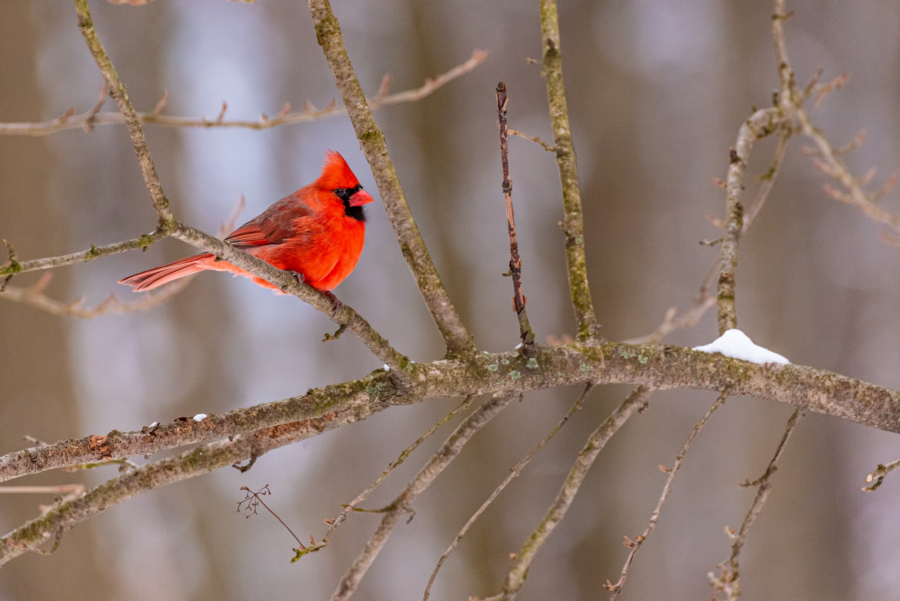
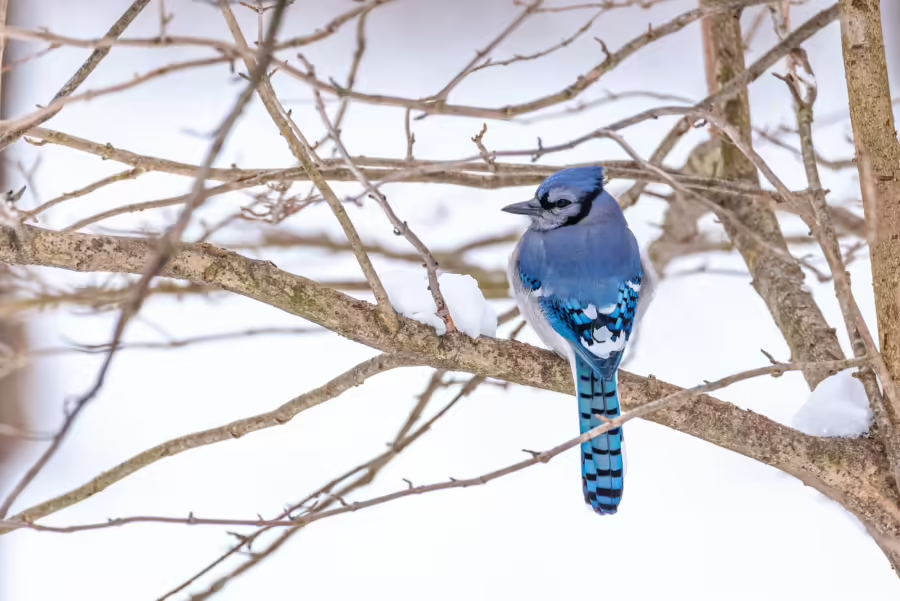
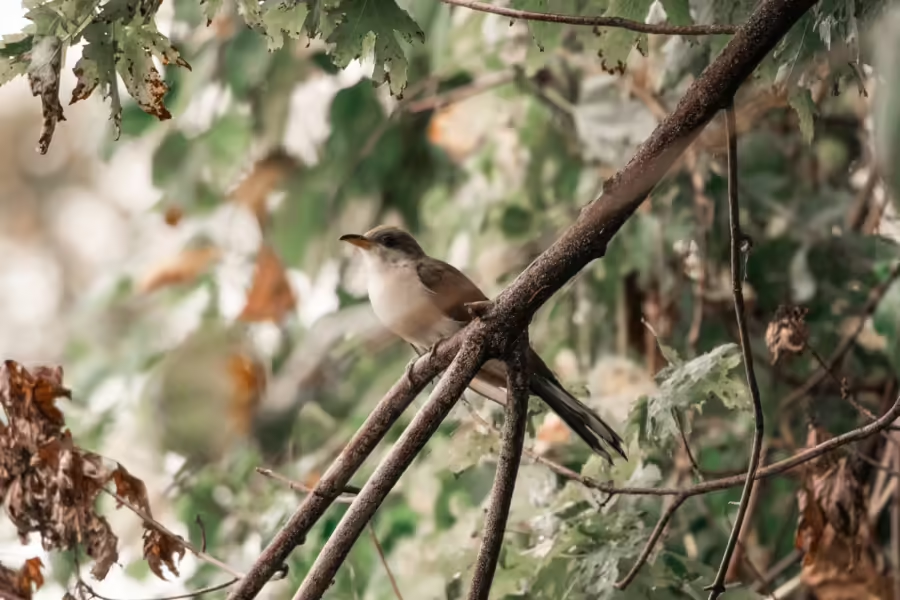
Community Engagement:
Beyond the thrill of spotting rare species, birdwatching in Japan fosters community engagement and cultural exchange. Local birding clubs and nature organizations provide platforms for enthusiasts to share sightings, exchange tips, and participate in conservation initiatives. Annual birding festivals and events, such as the Crane Festivals in Hokkaido and the Tancho Observation Tours, celebrate Japan’s avian heritage while raising awareness about environmental conservation. Engaging with local communities not only enriches the birding experience but also promotes sustainable tourism practices that benefit both people and wildlife.
Technology and Innovation:
Technology revolutionizes birdwatching, with apps like eBird and Bird Alarm providing real-time sightings, aiding in finding elusive species. Meanwhile, GPS-enabled binoculars and camera lenses equipped with telephoto capabilities enable photographers to capture stunning avian portraits with unprecedented clarity. Citizen science projects, like the Japanese Bird Ringing Scheme, rely on public participation to monitor bird populations, aiding conservation.
Culinary Delights:
No exploration of Japanese culture would be complete without a nod to its culinary traditions, and birdwatching is no exception. Consumption of wild birds declined, but tori-nabe and yakitori remain popular. Ethical: protected species mustn’t be hunted or consumed. Birdwatchers enjoy bird-themed sweets like taiyaki and manju, honoring Japan’s avian heritage without harming wildlife.
The Future Of Birdwatching In Japan:
A Bird Watcher’s Odyssey Through Japan’s Avian Paradise. As Japan continues to grapple with environmental challenges and urbanization, the future of birdwatching hangs in the balance. However, concerted efforts by government agencies, conservation organizations, and grassroots activists offer hope for the preservation of Japan’s avian biodiversity. Japan can lead in sustainable birdwatching by promoting ecotourism, habitat restoration, and raising public awareness about bird conservation. Birdwatching in Japan embodies a commitment to safeguarding nature for future generations, ensuring the well-being of its avian inhabitants.
Birdwatching in Japan is a multifaceted journey that intertwines nature, culture, and conservation in a symphony of feathers and melodies. Japan’s diverse avian treasures await discovery from Hokkaido’s misty forests to Okinawa’s sun-drenched shores. Birdwatchers in Japan can connect with nature, support conservation, and engage communities through ethical practices and technology. Explore Japan’s beauty and traditions, inviting you to spread your wings and soar into endless possibilities. Happy birding!


